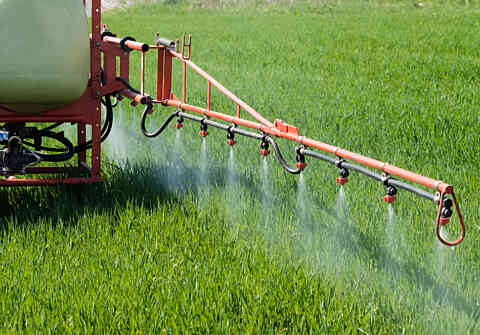Pesticides

Agrochemical products are applied to growing and stored cereals to ensure they are high yielding and high quality, providing the consumer with food that is both affordable and nutritious. Previously the EU set the limit of agrochemical residues that are legally permitted to be present in food, known as maximum residue limits (MRLs). Post-Brexit, the UK now has responsibility for setting these limits. MRLs are not safety limits and are usually well below the levels that could cause an unacceptable risk to human health.
The Food Standards Agency has a policy to reduce all pesticide levels as far as is practical and certainly below MRL levels and this has been embraced by the UK agricultural industry. UK flour mills only buy UK wheat that has been grown by assured farmers who are expected to appropriately apply agrochemicals in order to minimise their residual levels.
Ongoing industry monitoring
UK flour millers submit wheat samples for residue analysis as part of the independent monitoring project run by the AHDB. This programme has consistently shown that pesticide residues in UK milling wheat are extremely low and consistently below the MRLs. The European Food Safety Authority (EFSA) has carried out an EU-wide monitoring programme for pesticide residues in a range of foods in 2011, 2014 and 2018. The programme found that for wheat flour, pesticide residues are rarely found and when present are nearly always below the MRL.
